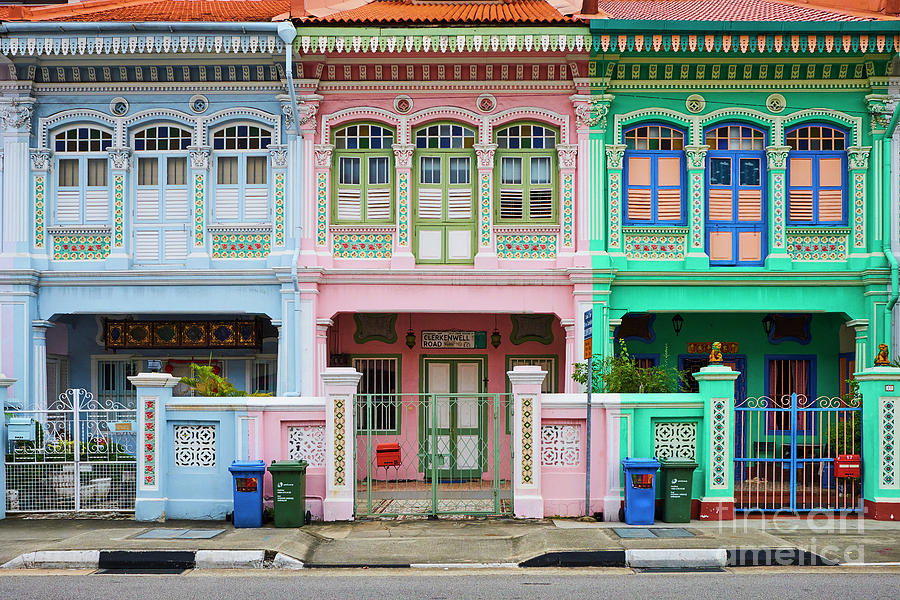
Traditional art forms in Singapore are a rich testament to the country’s cultural heritage and diversity. They are the result of the blending of various ethnic traditions, including Malay, Chinese, Indian and Peranakan influences. These art forms have been passed down through generations and remain vital to Singapore’s cultural identity.
Wayang Kulit, also known as shadow puppetry, is a popular traditional art form in Singapore. Wayang Kulit is a puppet show that combines storytelling, music and intricate puppetry techniques. Behind a backlit screen, the puppeteer expertly manipulates intricately carved leather puppets, bringing to life stories from ancient epics and local folklore. Wayang Kulit performances serve as a means of transmitting cultural and moral values as well as entertainment.

Image Credit: https://www.esplanade.com/offstage/arts/a-wayang-kulit-of-our-own
Chinese calligraphy, or Shufa, is another traditional art form. Chinese calligraphy is a prestigious art form that emphasises brush strokes, ink and paper mastery. It is deeply ingrained in Chinese culture and has a significant influence on many aspects of Chinese life, including literature, philosophy and aesthetics. Calligraphy is frequently used as a form of meditation, and it is admired for its elegance, balance and expression of the artist’s inner emotions.
Traditional Indian art forms such as Bharatanatyam and Kathakali are also popular in Singapore. Bharatanatyam is a traditional Indian dance style distinguished by intricate footwork, graceful movements and expressive storytelling. Kathakali, on the other hand, is a highly stylised dance-drama that depicts mythological tales and historical events through dance, music, elaborate costumes and intricate facial expressions.
The Peranakan community, which is a fusion of Chinese and Malay cultures, has its own traditional art forms. Peranakan beadwork, for example, involves intricate needlework and the use of colourful glass beads to create intricate designs on garments, shoes and accessories. Another traditional art form is Peranakan ceramics, also known as ‘Nyonyaware’, which features vibrant hand-painted porcelain with intricate floral motifs.

Image Credit: https://pixels.com/featured/singapore-peranakan-houses-in-euros-tuul–bruno-morandi.html
In Singapore, efforts have been made to preserve and promote these traditional art forms. Performances, exhibitions and workshops are actively organised by cultural institutions, museums and community organisations to showcase these art forms. The government’s support for these art forms through grants and cultural preservation programmes ensures their survival for future generations.
Traditional arts in Singapore provide a window into the country’s rich cultural heritage as well as a means of cultural expression and connection. They embody the values, beliefs and artistic sensibilities of various ethnic communities, contributing to Singapore’s multicultural fabric. The preservation and appreciation of these art forms not only celebrates cultural diversity, but also fosters a sense of identity and pride among Singaporeans.


